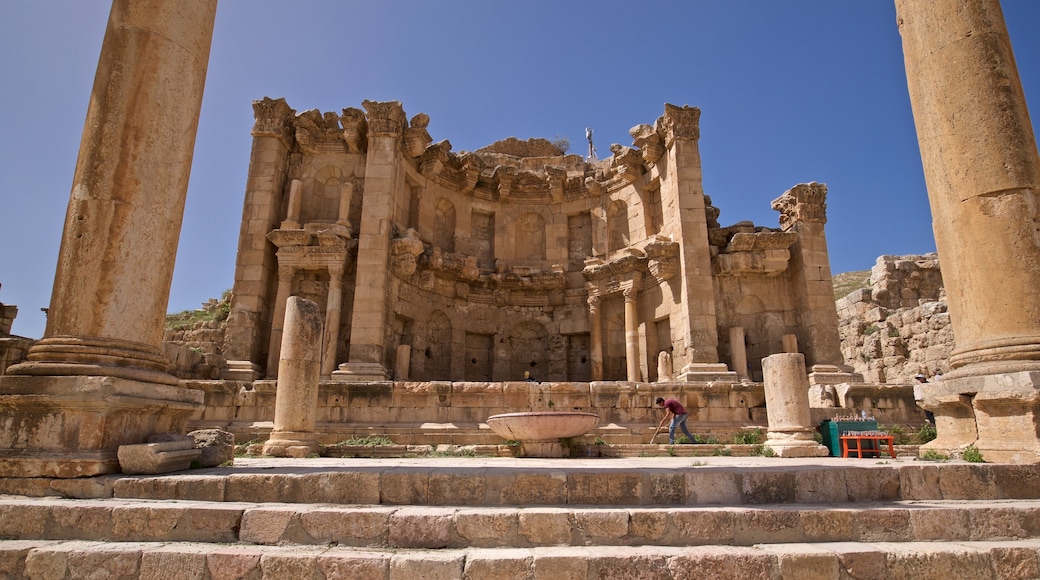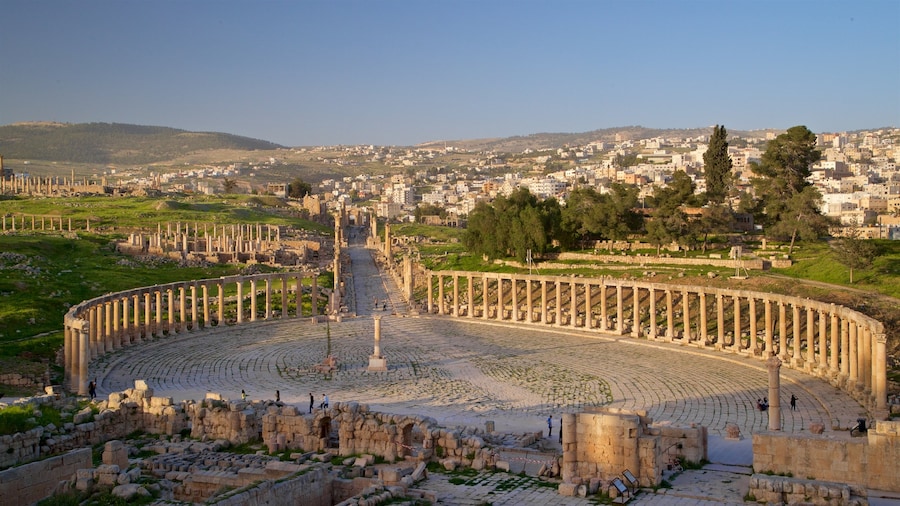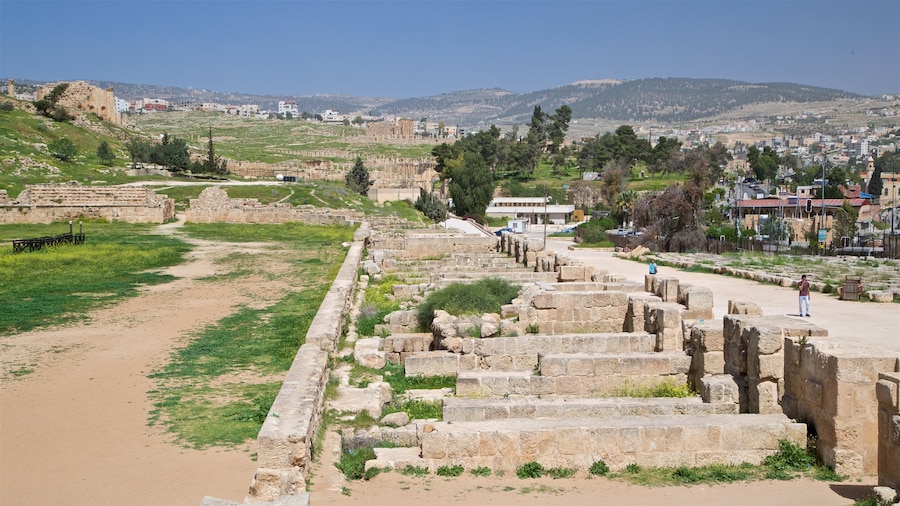Describing the Nymphaeum at the Jerash Archaeological Site as a “fountain” hardly seems to do this grand structure justice. However, that was indeed the original function of this ancient Roman masterpiece of architecture. Bring your camera when you visit it, as you are sure to want to capture this marvelous relic of a long-dead civilization.
The Nymphaeum is thought to have been constructed toward the end of the 2nd century. The Roman Empire had seized control of the region the previous century and had turned Jerash, then known as Gerasa, into a key economic hub. Many of the spectacular structures that remain on the Jerash Archaeological Site stand as testaments to the prosperity of the town during its initial period of Roman rule. Look at the Nymphaeum, however, and you will perhaps see the signs of this prosperity more clearly than anywhere else.
The Nymphaeum may no longer produce water, but it is still in remarkably good condition for a building that is close to 1,000 years old. Admire the elegant Corinthian columns that stand in a semicircle around the fountain. The marble basin itself, probably a later addition, also remains in place. Note how much of the detailed carving on the structure’s stonework remains. Originally, the fountain’s water would have spouted out of the mouth of stone lions.
Fountains such as this one provided a natural gathering point for Roman citizens, who would come here to collect water for the day or to stop and drink as they went about their business. Imagine this spot as it must have looked during the ancient city’s prime, when the street in front of the fountain would have thronged with life.
Pay the admission fee for the Jerash Archaeological Site and you will be able to visit the Nymphaeum as well as all the other impressive ruins on site, such as the Temple of Artemis, Hadrian’s Arch and the Hippodrome. Your ticket price will also cover admission to the fascinating Jerash Archaeological Museum.








